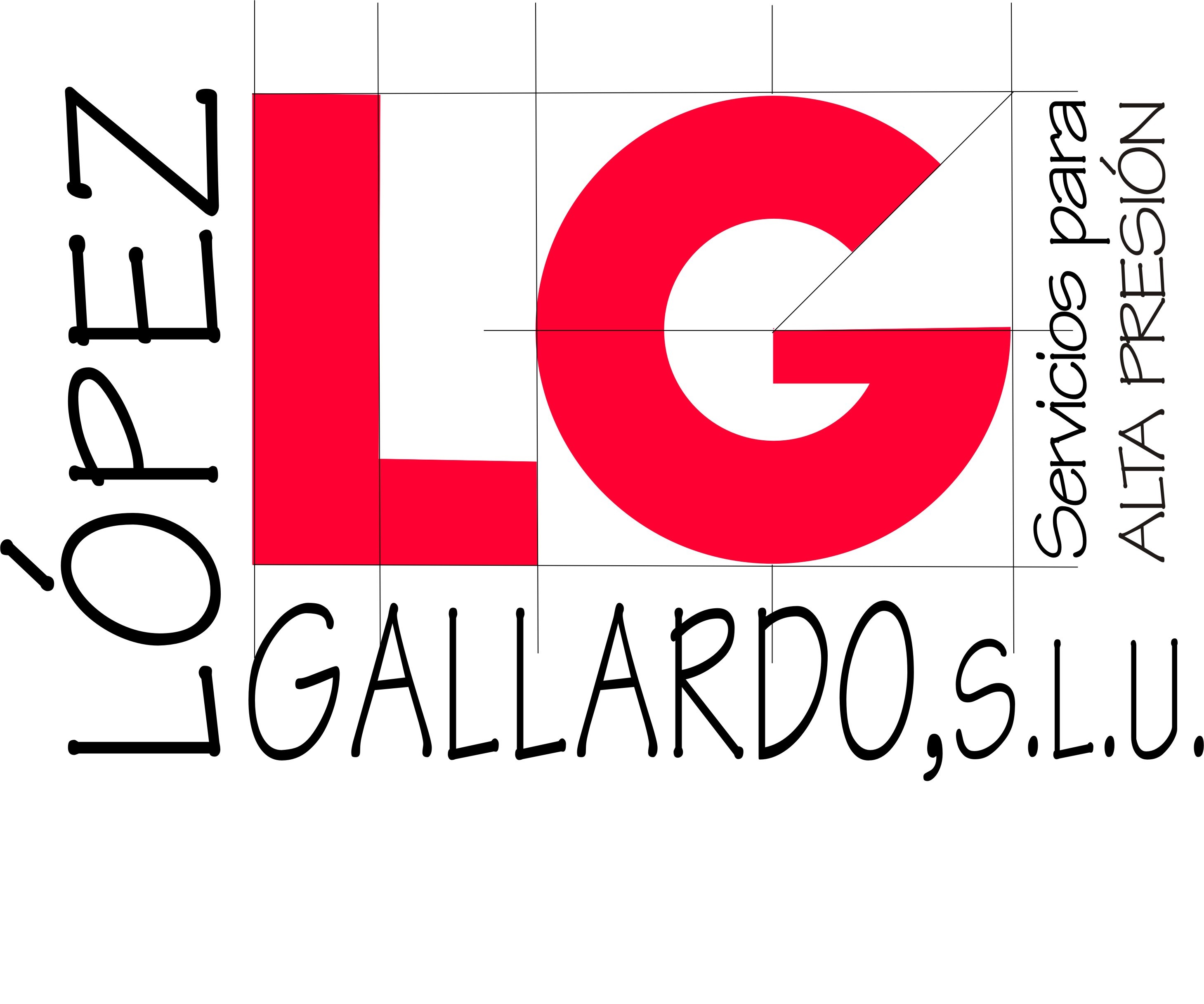dating apps
Radiometric Relationship The Institute For Creation Research
This sample may be in comparison with the well-established worldwide polarity document, which is the entire history of huge flips in Earth’s magnetic field. Once they work out which basic a part of that historical past they’ve, scientists can decide the time range of the rock and its contents. Geologists sometimes don’t use a single stratigraphic layer in paleomagnetic relationship, because you want multiple layers to find the back and forth pattern of flipping of Earth’s magnetic area. Fossils of a South African hominin, Australopithecus sediba, had been able to be dated utilizing this technique because the fossils had been found embedded in a stratum very close to one of these magnetic reversals. With the exception of Carbon-14, radiometric courting is used to date either igneous or metamorphic rocks that contain radioactive components similar to uranium, thorium, argon, etc. And even though various radioactive components have been used to ‘date’ such rocks, for the most half, the methods are the identical.
It is also notably useful in cave sites, as a result of uranium is incessantly introduced into caves via slow-flowing water. Some minerals in rocks and organic matter (e.g., wooden, bones, and shells) can include radioactive isotopes. The abundances of parent and daughter isotopes in a pattern can be measured and used to determine their age.
Key equations in radiometric dating
The most up-to-date magnetic reversal occurred roughly 780,000 years in the past. Sedimentary rocks could be dated utilizing radioactive carbon, but as a result of carbon decays comparatively rapidly, this only works for rocks youthful than about 50 thousand years. Different strategies of radiometric relationship range in the timescale over which they’re correct and the supplies to which they are often applied.
Plants and animals assimilate carbon 14 from carbon dioxide throughout their lifetimes. When they die, they stop exchanging carbon with the biosphere and their carbon 14 content material then starts to lower at a fee determined by the regulation of radioactive decay. There are a wide range of scientific methods that archaeologists use to research the age and origins of fossils, remains, or different artifacts. Dating strategies can allow bio-archaeologists to determine elements corresponding to surroundings, food regimen, well being, or migration patterns of people, plants, or animals. Ordering archaeological finds within time durations across traditions is how archaeologists piece together the previous that connects all up to date cultures today. Physical evidence of geological modifications and the mineralized stays of residing organisms (fossils), in addition to materials remains and artifacts of human societies, provide archaeologists essential insights into the past.
Examples of radiometric dating
a rock pattern. It is based on unprovable assumptions corresponding to 1) there was no
The following is a short technical description of how scientists determine dates with radiometric schemes. This part could also be omitted if readers do not wish to follow the maths (although the mathematics used here is nothing past what is often taught in a great high-school math evaluation class). Though they’re very tiny, polonium radiohalos have an enormous message that can’t be ignored.
Theory of evolution: definition, charles darwin, proof & examples
However, the rubidium-strontium technique instructed that the lava move on the prime was 270 million years older than the basalt on the backside of the canyon.[6] This can be impossible. If you wish to know how outdated somebody or something is, you can usually depend on some mixture of simply asking about filipinocupid.com questions or Googling to reach at an accurate answer. This applies to every little thing from the age of a classmate to the number of years the United States has existed as a sovereign nation (243 and counting as of 2019).
Rocks with the identical fingerprint somewhere else can be traced to the identical eruption. If scientists discover a layer of volcanic ash with a recognized date on one aspect of a valley and also find a layer of ash with the same chemical fingerprint some place else within the valley, they can assume these layers had been laid down on the similar time. For the reasons mentioned above, radiometric courting isn’t absolutely the Time Clock that it has been portrayed to be by faithful evolutionists. Very often samples of unknown ages are tested with conflicting outcomes which might be clearly problematic. This technique is often used so far igneous rocks and very old rocks. The long half-lives make this courting technique suitable for especially previous supplies, from about 1 million to 4.5 billion years old.

